A comprehension worksheet for a narrative from the Year 2 magazine (Issue 3).
This teaching resource is a comprehension worksheet for the magazine article ‘Wolfie: A Tell-all Interview’ from the Year 2 magazine, ‘What’s Buzzing?’ (Issue 3).
Updated: 09 Jun 2023
A comprehension worksheet for a narrative from the Year 2 magazine (Issue 3).
Non-Editable: PDF
Pages: 4 Pages
Years: 1 - 2
Use comprehension strategies, such as visualising, predicting, connecting, summarising and questioning, and draw on learnt vocabulary and growing knowledge of context and text structures to build literal and inferred meanings
Use comprehension strategies, such as visualising, predicting, connecting, summarising, monitoring and questioning, and begin to analyse texts by drawing on a growing knowledge of context and text structures to build literal and inferred meaning...
Comprehends independently read texts that require sustained reading by activating background and word knowledge, connecting and understanding sentences and whole text, and monitoring for meaning
Use comprehension strategies to build literal and inferred meaning about key events, ideas and information in texts that they listen to, view and read by drawing on growing knowledge of context, text structures and language featuresElaborationsusing ...
Use comprehension strategies to build literal and inferred meaning and begin to analyse texts by drawing on growing knowledge of context, language and visual features and print and multimodal text structuresElaborationsmaking connections between the ...
Use comprehension strategies such as visualising, predicting, connecting, summarising and questioning when listening, viewing and reading to build literal and inferred meaning by drawing on vocabulary and growing knowledge of context and text structures
Use comprehension strategies such as visualising, predicting, connecting, summarising, monitoring and questioning to build literal and inferred meaning
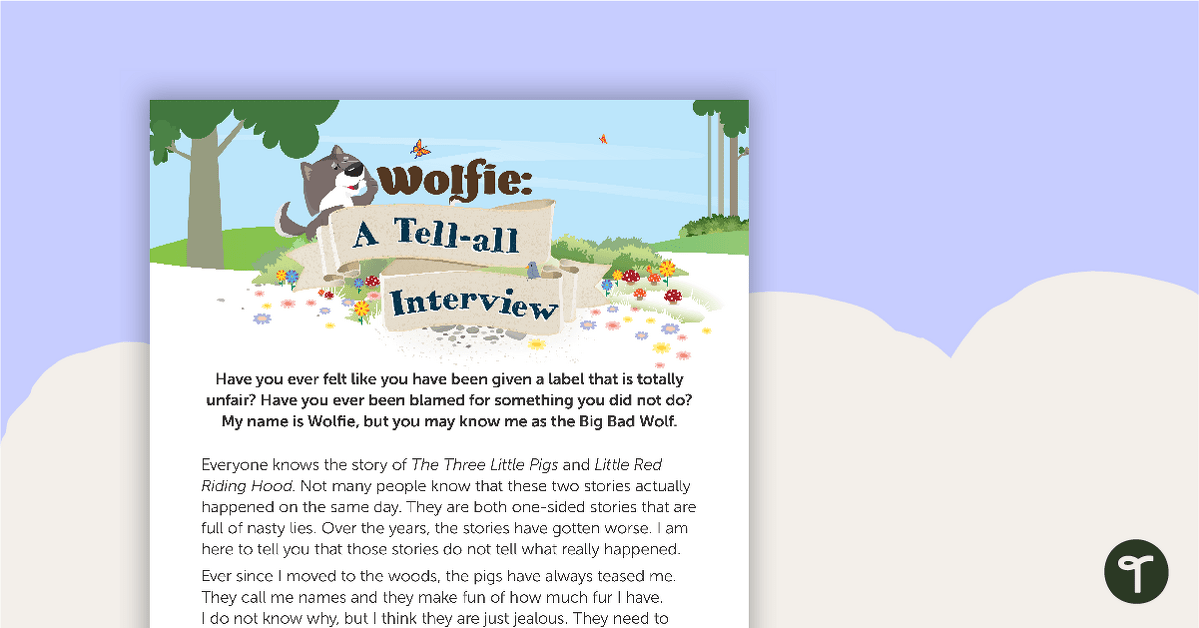
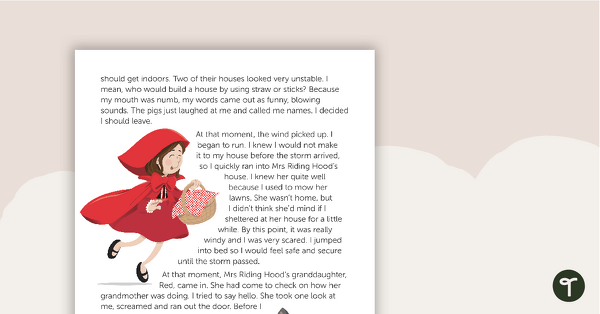
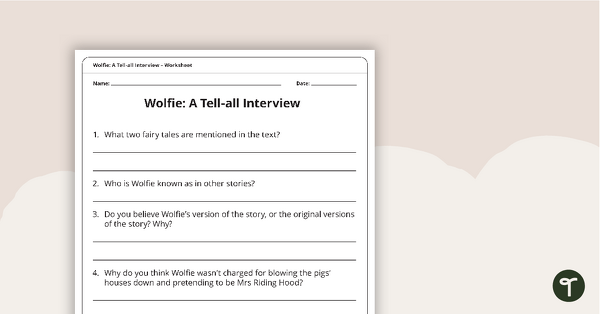
A comprehension worksheet for a narrative from the Year 2 magazine (Issue 3).
This teaching resource is a comprehension worksheet for the magazine article ‘Wolfie: A Tell-all Interview’ from the Year 2 magazine, ‘What’s Buzzing?’ (Issue 3).
Use comprehension strategies, such as visualising, predicting, connecting, summarising and questioning, and draw on learnt vocabulary and growing knowledge of context and text structures to build literal and inferred meanings
Use comprehension strategies, such as visualising, predicting, connecting, summarising, monitoring and questioning, and begin to analyse texts by drawing on a growing knowledge of context and text structures to build literal and inferred meaning...
Comprehends independently read texts that require sustained reading by activating background and word knowledge, connecting and understanding sentences and whole text, and monitoring for meaning
Use comprehension strategies to build literal and inferred meaning about key events, ideas and information in texts that they listen to, view and read by drawing on growing knowledge of context, text structures and language featuresElaborationsusing ...
Use comprehension strategies to build literal and inferred meaning and begin to analyse texts by drawing on growing knowledge of context, language and visual features and print and multimodal text structuresElaborationsmaking connections between the ...
Use comprehension strategies such as visualising, predicting, connecting, summarising and questioning when listening, viewing and reading to build literal and inferred meaning by drawing on vocabulary and growing knowledge of context and text structures
Use comprehension strategies such as visualising, predicting, connecting, summarising, monitoring and questioning to build literal and inferred meaning

We create premium quality, downloadable teaching resources for primary/elementary school teachers that make classrooms buzz!
Would you like something changed or customised on this resource? While our team makes every effort to complete change suggestions, we can't guarantee that every change will be completed.
Did you spot an error on this resource? Please let us know and we will fix it shortly.
Are you having trouble downloading or viewing this resource? Please try the following steps:
If you are still having difficulty, please visit the Teach Starter Help Desk or contact us .
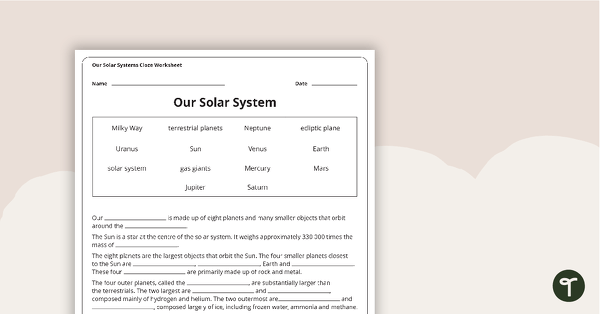
A set of 7 fiction and non-fiction cloze worksheets with answer sheets.
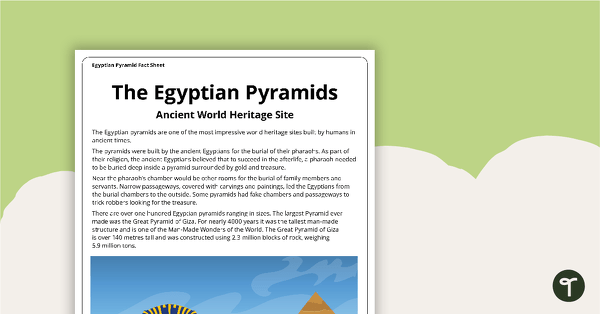
A 2 page comprehension task for students to use in the classroom when learning about the Egyptian pyramids.
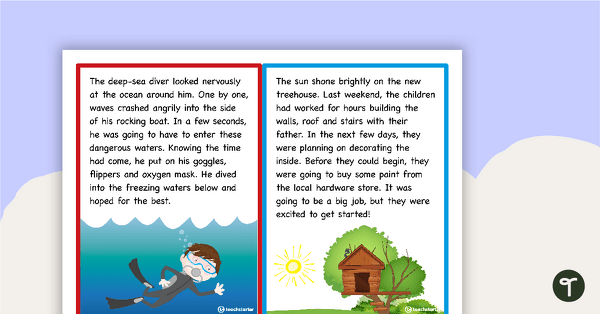
6 jumbled narrative paragraphs for students to sequence in the correct order.
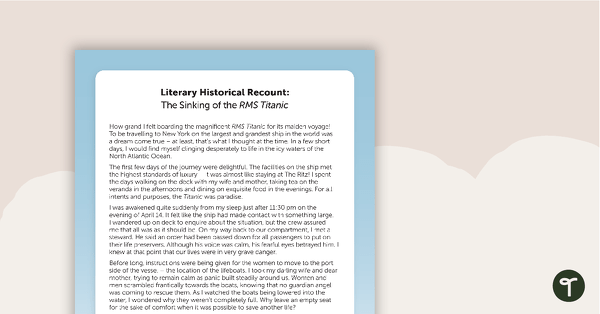
A comprehension task to enable students to compare literary historical recounts and factual historical recounts.
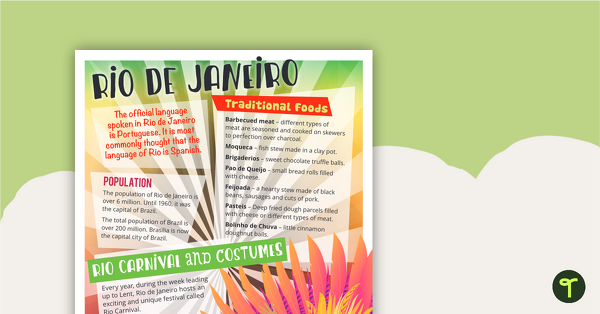
A comprehension task that encourages students to apply a range of comprehension skills when finding out interesting fun facts about Rio.
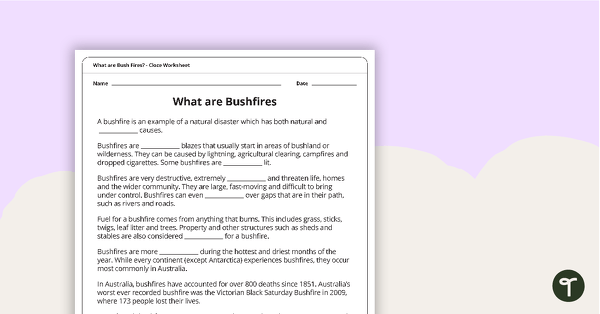
A cloze worksheet about bushfires.
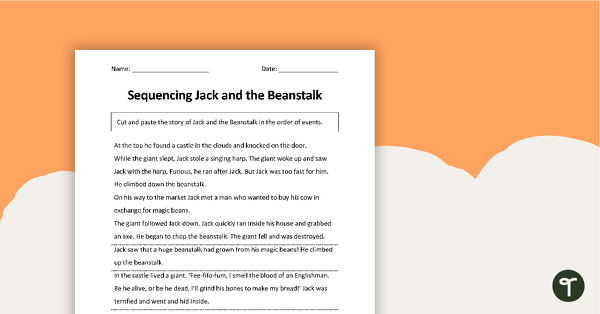
A worksheet to use when teaching students how to understand sequence when reading.
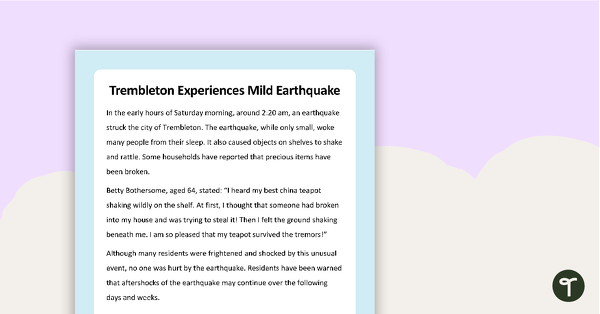
A task to use when teaching your students reading comprehension strategies.
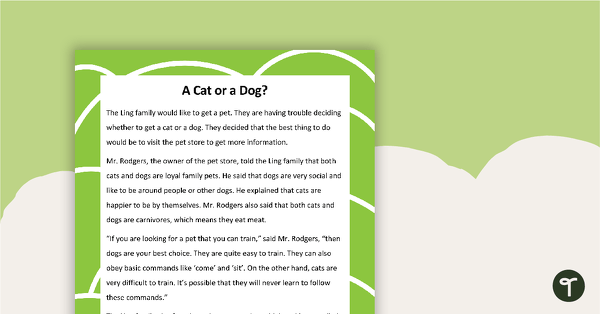
A task to use when teaching your students reading comprehension strategies.
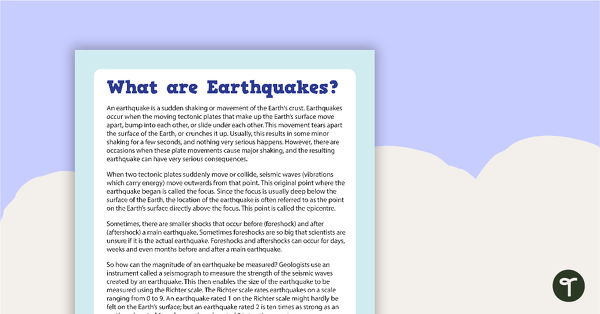
A comprehension activity about 'What are Earthquakes?'
0 Comments
Write a review to help other teachers and parents like yourself. If you'd like to request a change to this resource, or report an error, select the corresponding tab above.